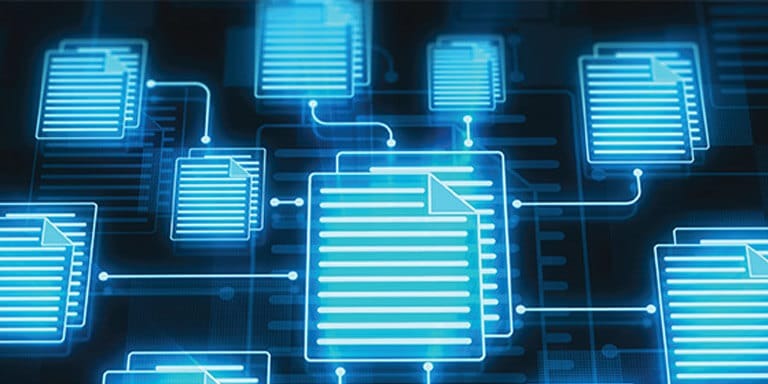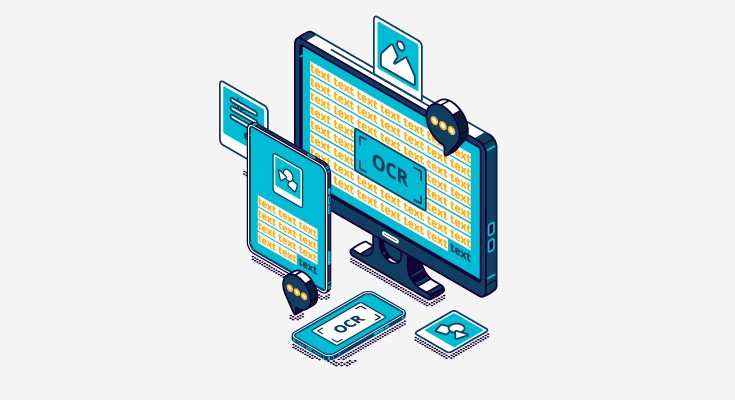In the fast-paced world of healthcare, where every second counts and patient well-being is paramount, efficiency is a critical factor. Over the past decade, Optical Character Recognition (OCR) technology has made significant strides in revolutionizing the healthcare sector. OCR, a technology that converts printed or handwritten text into machine-readable text, has proved to be a game-changer by enhancing data management, reducing human errors, and streamlining various processes within healthcare institutions. This article delves into the multifaceted ways in which OCR functionality has improved efficiency in the healthcare sector.
Enhancing Medical Records Management
One of the most fundamental aspects of healthcare is the management of patient records. Traditionally, these records were stored in physical files, making retrieval time-consuming and error-prone. OCR technology has transformed this scenario by digitizing medical records. Through OCR, healthcare providers can swiftly convert paper-based records into searchable digital formats. This transformation has led to a significant reduction in administrative workload, as staff no longer need to manually transcribe data or sift through stacks of paper documents.
In addition to reducing the burden on administrative staff, OCR has vastly improved the accuracy of medical records. Human errors in data entry can have dire consequences in healthcare. OCR technology eliminates this risk by providing accurate and consistent data entry, ensuring that patient information is always up to date and error-free. This accuracy is especially crucial when it comes to patient allergies, medication dosages, and medical histories.
Streamlining Billing and Insurance Claims
The healthcare sector is notorious for its complex billing and insurance claim processes. The introduction of OCR functionality has significantly simplified these processes, leading to faster reimbursement for healthcare providers and reduced financial stress for patients. OCR technology can capture information from various sources, such as insurance forms, invoices, and medical bills, and automatically enter it into the billing system. This not only expedites the billing process but also minimizes the likelihood of errors in claims, which can lead to claim denials and delays in payment.
Moreover, OCR has made it possible for healthcare institutions to track and manage patient insurance data more efficiently. This includes verifying patient eligibility, processing claims, and managing billing cycles. With OCR, healthcare providers can streamline the entire revenue cycle, resulting in improved financial stability and better patient care.
Advancements in Clinical Documentation
Clinical documentation is a cornerstone of healthcare. Accurate and timely documentation is vital for patient care, research, and legal purposes. OCR technology has revolutionized this aspect of healthcare by automating the transcription of handwritten and dictated notes. This has saved healthcare professionals significant time that was previously spent on manual documentation.
Furthermore, OCR-enabled clinical documentation systems can automatically code diagnoses and procedures, reducing the risk of coding errors and ensuring that healthcare institutions receive proper reimbursement. This functionality also allows for more accurate and efficient research, as researchers can access a vast pool of digitized clinical data for studies and analysis.
Enhancing Prescription Management
In the healthcare sector, medication errors can be life-threatening. OCR functionality has greatly improved prescription management by ensuring the accuracy and legibility of prescription orders. When healthcare providers use OCR technology to enter prescription information, it reduces the likelihood of misinterpretation due to illegible handwriting.
Moreover, OCR systems can cross-reference prescriptions with patient records to identify potential drug interactions and allergies, providing an additional layer of safety. This not only enhances patient care but also reduces the risk of legal liability for healthcare providers.
Conclusion
In conclusion, the implementation of OCR functionality has brought about a transformative wave of efficiency in the healthcare sector. From medical records management to billing and insurance claims, clinical documentation, and prescription management, OCR has streamlined processes, reduced errors, and improved overall patient care.
As OCR technology continues to advance, healthcare institutions can expect even greater efficiency gains. The integration of artificial intelligence and machine learning into OCR systems holds the promise of more accurate data extraction and intelligent data analysis, further enhancing decision-making processes and patient outcomes.
The healthcare sector’s adoption of OCR functionality has not only improved operational efficiency but has also contributed to a higher standard of care, ultimately benefiting both healthcare providers and patients alike. As we look to the future, OCR will remain a key player in the ongoing transformation of healthcare delivery and administration.




